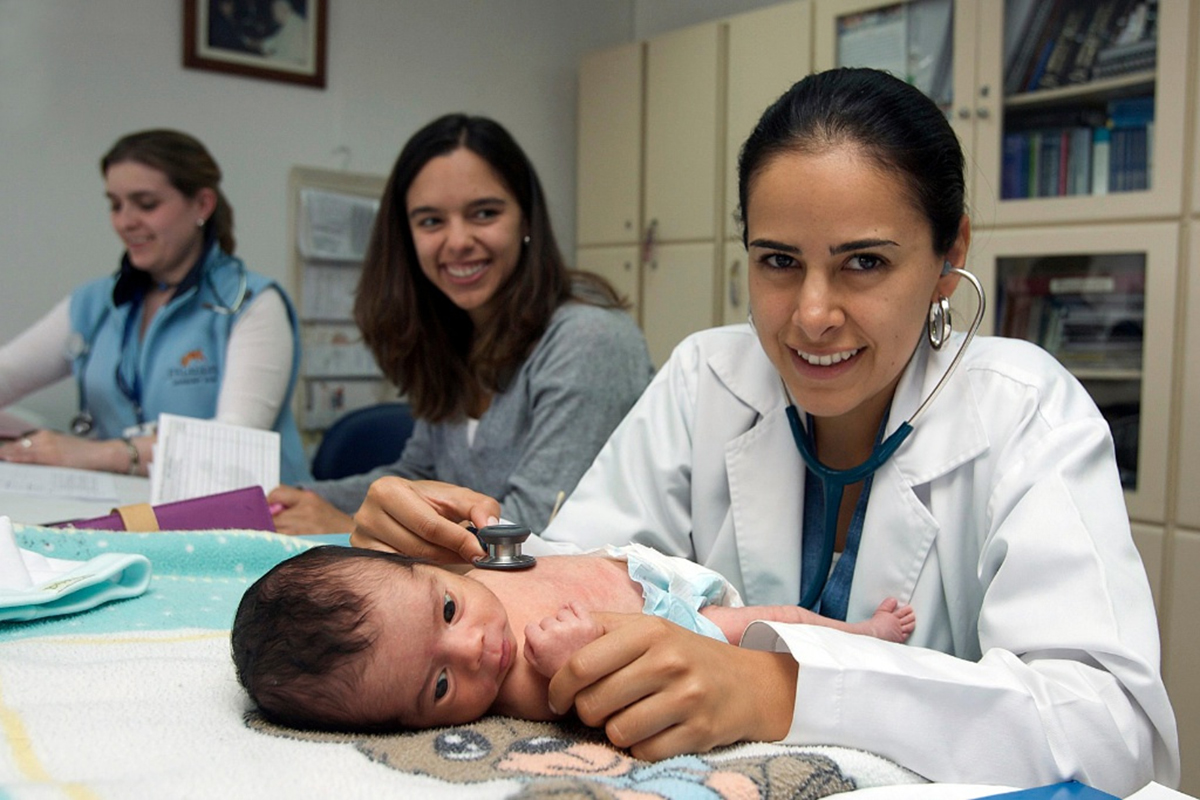Table of Contents
When you have a baby, it is a time filled with excitement and maybe a little anxiety. There are a lot of decisions to make, from what color to paint the nursery, to selecting a pediatrician, to deciding whether to breastfeed or not. One important thing you may not have thought about is newborn screening.

Identifying Disorders Early
Newborn screening involves diagnostic tests performed within a day or two of a baby’s birth in order to identify various disorders. All states throughout the US are required to have some level of newborn screening tests.
The public health department in each state decides what conditions to screen for.
Each state has a panel, which is a list of certain conditions they test a baby for. States may decide what medical conditions to screen for based on the frequency of the disorder in the state, cost of screening and state laws. The United States Health Resources and Service Administration issued a set of guidelines to encourage consistency among states. The administration recommends testing newborns for 31 different conditions. Although the recommendations have been made, states are not required by law to follow them.
Although newborn health screening tests are recommended and highly encouraged by physicians, parents can opt out of screening if they wish. Parents should keep in mind that screening is easy and according to the CDC, there are no risks or side effects of testing. But if parents object for religious or other reasons, they can sign a form stating they are refusing the screening.
How Is Screening Performed?
Newborn screening is simple and quick. A few drops of blood are taken from the baby’s heel. The blood is analyzed in the lab and screened for various types of medical conditions. Only a small amount of blood is needed to test for multiple disorders. Newborns are also screened for hearing problems. When a baby is first born, it can be difficult to determine if he or she is having any difficulties hearing. It is not until they are a little older that parents may recognize hearing problems. That’s where newborn screening can be helpful.
There are two different newborn hearing tests, and both are painless and noninvasive. One test is called the otoacoustic emissions test. The procedure involves placing a small earpiece and microphone into the baby’s ear. After placing the device, sounds are played. If a baby’s hearing is normal, after the sound is played, an echo will be measured by the microphone.
The second type of hearing test called the auditory brainstem response involves placing electrodes on the baby’s head. The electrodes measure the response of the hearing nerve to sound. The type of test done varies by hospital. Some hospitals choose one test over another while others perform both tests.
See Also: A New Parents' Guide To Dealing With Nosy People
Newborn screening also includes a pulse oximetry test. A small probe is placed on the baby’s wrist, and a second one is placed on the baby’s foot. The test measures the oxygen level in the blood. In some cases, low oxygen levels may indicate a heart problem.
- www.babysfirsttest.org/newborn-screening/states/california
- www.cdc.gov/ncbddd/hearingloss/screening.html
- www.babyhearing.org/hearingamplification/newbornscreening/howscreeningworks.asp
- www.cdc.gov/ncbddd/newbornscreening/
- Photo courtesy of PAHO/WHO via Flickr: www.flickr.com/photos/pahowho/9401186999
- Photo courtesy of Jlhopgood via Flickr: www.flickr.com/photos/jlhopgood/6163442113


Your thoughts on this